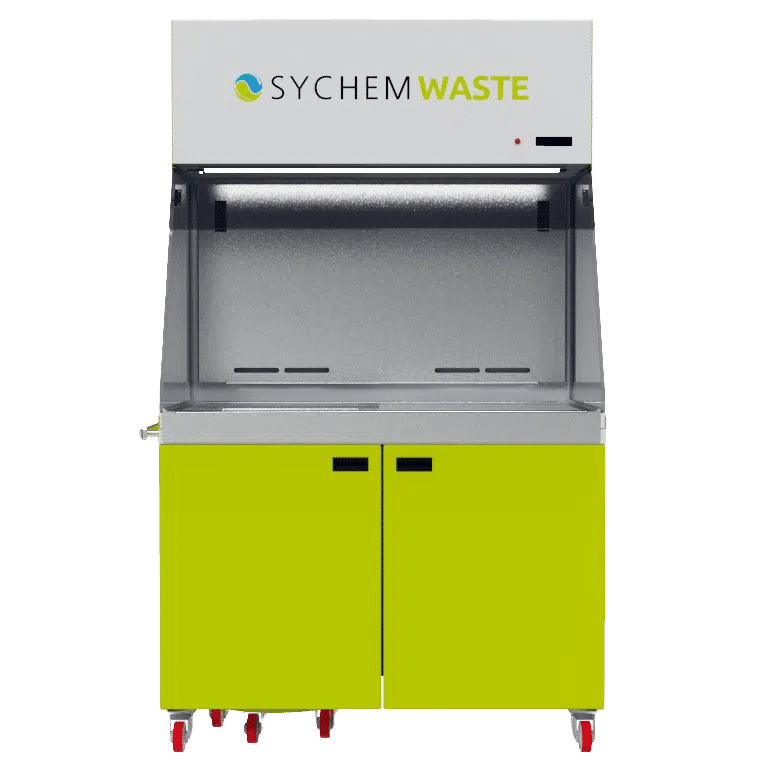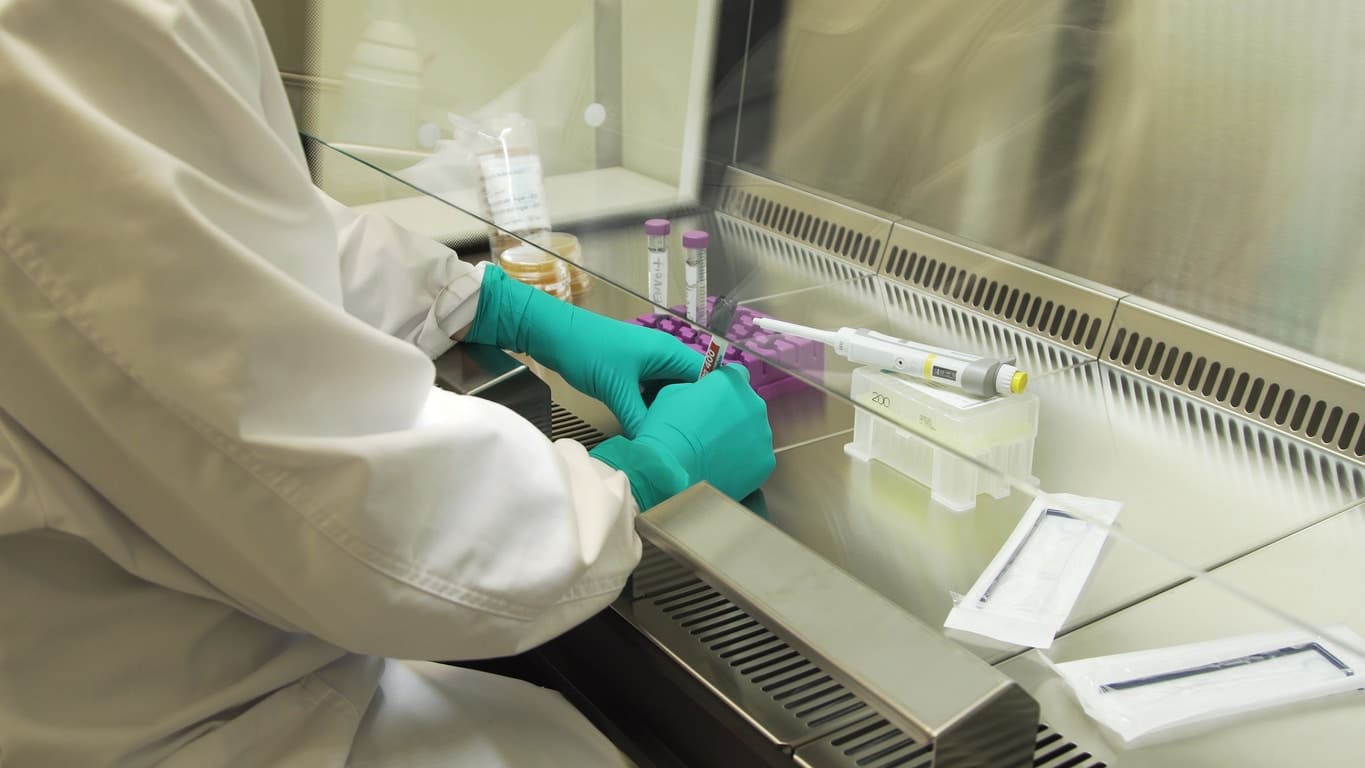
Vivariums, specialized environments designed for the care and observation of animals or plants for research and study, are vital components in many scientific, educational, and pharmaceutical institutions. Within these controlled environments, the maintenance of animal health and welfare is paramount. One of the key factors that contribute to this is the management of animal bedding waste. This article sheds light on the importance of animal bedding waste disposal units in vivariums.
Promoting Animal Health and Welfare
Animal bedding serves as a critical component of the animals’ microenvironment in a vivarium. Over time, this bedding accumulates waste products such as urine, feces, and food residues, which can negatively impact the animals’ health if not properly managed. Exposure to waste can lead to the proliferation of pathogens and an increase in ammonia levels, both of which can cause illness and distress to the animals. Animal bedding waste disposal units ensure that waste is removed regularly and efficiently, maintaining a clean and healthy environment for the animals.
Enhancing Research Integrity
For research facilities, the accuracy and reproducibility of experimental results are crucial. The condition of an animal’s habitat, including the cleanliness of its bedding, can influence its behavior and physiology. Therefore, improper waste management can introduce unwanted variables into experiments, jeopardizing the validity and reliability of the results. Efficient and effective waste disposal systems can contribute to more accurate and consistent research outcomes by minimizing environmental stressors and reducing variability.

Reducing Occupational Hazards
Animal care staff are at risk of exposure to allergens, zoonotic diseases, and other occupational hazards present in animal bedding waste. By employing proper waste disposal units, these risks can be significantly reduced. These units are designed to contain and minimize the spread of waste, reducing the amount of hazardous exposure to the staff. This not only ensures the safety of the workers but also contributes to a more efficient working environment.
Environmental Considerations
Proper waste management also carries significant environmental implications. Animal bedding waste, if not disposed of correctly, can contribute to environmental pollution. Many waste disposal units for vivariums incorporate methods for waste treatment and processing, reducing the environmental impact. Some even convert waste into biofuel or other useful materials, contributing to sustainability initiatives.
Compliance with Regulations
Vivariums are often subject to strict regulations regarding animal care and waste management. These regulations are designed to protect both animal welfare and human health. A robust waste disposal system is necessary to ensure compliance with these regulations, avoid penalties, and maintain the institution’s reputation.
SychemWaste: A Revolution in Vivarium Waste Management

Within the intricate framework of a vivarium, managing animal bedding waste is paramount for maintaining animal health and ensuring the integrity of research. SychemWaste, an advanced animal bedding waste disposal unit, has emerged as an indispensable tool in this context, combining user protection, operational flexibility, and optimal cleanability. This multi-featured system is not only transforming waste management in vivariums but also setting a new standard in occupational safety and environmental responsibility.
SychemWaste provides enhanced user protection through its three-stage filtration system, which effectively prevents exposure to allergens, odors, and debris. This innovative system draws air and potential allergens away from the user, thereby minimizing the risk of allergen exposure during waste disposal. Moreover, the final filtration process utilizes an H14 HEPA filter, which ensures maximum protection4.
Flexibility is another key attribute of SychemWaste. Its user-configurable work surface and chute cater to both left and right-handed users, providing a comfortable workspace. Moreover, it is designed to handle cages of various shapes and sizes, offering universal cage compatibility. The waste disposal unit comes standard with a single chute and tabletop, and offers optional extras like a second chute with a knockout bar, color-coded bins, and side handles, among others, to fit individual client requirements.
Cleanability is an area where SychemWaste excels. Its user-friendly design boasts removable doors and sides for easy access and a straightforward cleaning procedure. The worksurface and waste chute, which are rack-washable, and other removable components make this system the most maintainable waste station on the market.
The product also offers intuitive human-machine interface (HMI). The screen displays live filter information, using a simple smiley face system to indicate the machine’s readiness and optimal airflow levels. This user-friendly feature ensures that the system is functioning at its best before use.
In addition to the standard SychemWaste unit, Sychem also offers the SychemWaste XL, a custom-built automated waste disposal station developed for larger biomedical clients. The XL model features a three-stage filtration air extraction located above the work area and an easy-to-use touchscreen panel. It’s compatible with all types of bedding, food, and enrichments without the risk of clogging, making it a versatile choice for larger facilities.
With its sophisticated features and flexibility, SychemWaste is not just a waste disposal unit, but a comprehensive solution that promotes animal health, enhances research integrity, reduces occupational hazards, and aligns with environmental sustainability and regulatory compliance. As vivariums continue to evolve, SychemWaste stands as a testament to innovation and efficiency in waste management.
The ParkBio Mohep: A Proven Vivarium Favorite

The ParkBio Mohep animal bedding disposal unit is an effective tool designed to protect laboratory technicians from airborne particles of waste bedding, dander, animal waste, and food particles when dumping dirty caging. It is specifically designed for non-quarantine applications, making it a versatile option for a variety of research facilities.
One of the most notable features of the Mohep unit is its filtration system. It comes equipped with three 14” replaceable HEPA filters and one grey prefilter. This robust filtration mechanism ensures the safe capture and containment of potential allergens and particulates. Moreover, the unit uses ultra-quiet blower motors for sound reduction, which contribute to a less disruptive working environment.
The Mohep unit also incorporates several design elements focused on ensuring sanitation and ease of use. The blower motors and filters are specifically selected to rapidly collect and funnel airborne debris away from the user, enhancing safety during operation. Moreover, the unit is designed to be easy to service and clean. Oversized lift pistons facilitate the raising and lowering of the Mohep cover, and a simple locking mechanism is used to affix the debris barrel to the Mohep unit. Additionally, the unit includes locking casters to provide stability while in use.
In terms of installation, the Mohep unit offers simplicity and convenience. It comes fully assembled and only requires plugging into a power source to begin operation. With a disposal storage capacity of 32 gallons and dimensions of 37″ in length, 24″ in width, and 37″ in height, the Mohep unit is suitably sized for handling substantial volumes of animal bedding. Its weight is approximately 150 lbs (68.0389 kg), and it requires a 120V power source.
The Mohep unit also includes a lighted switch to confirm its ON/OFF position and a Magnehelic to monitor the life of the filter. These features further enhance the unit’s user-friendliness and operational efficiency. The Mohep animal bedding disposal unit comes with a one-year warranty from the date of delivery, offering users peace of mind and assurance of the product’s quality.
Conclusion
Animal bedding waste disposal units are a critical component of effective vivarium management. They serve not only to promote animal health and welfare but also to safeguard research integrity, protect staff from occupational hazards, reduce environmental impact, and ensure regulatory compliance. As the field continues to evolve, it is anticipated that these systems will become even more efficient and environmentally friendly, further enhancing their importance in vivariums.




